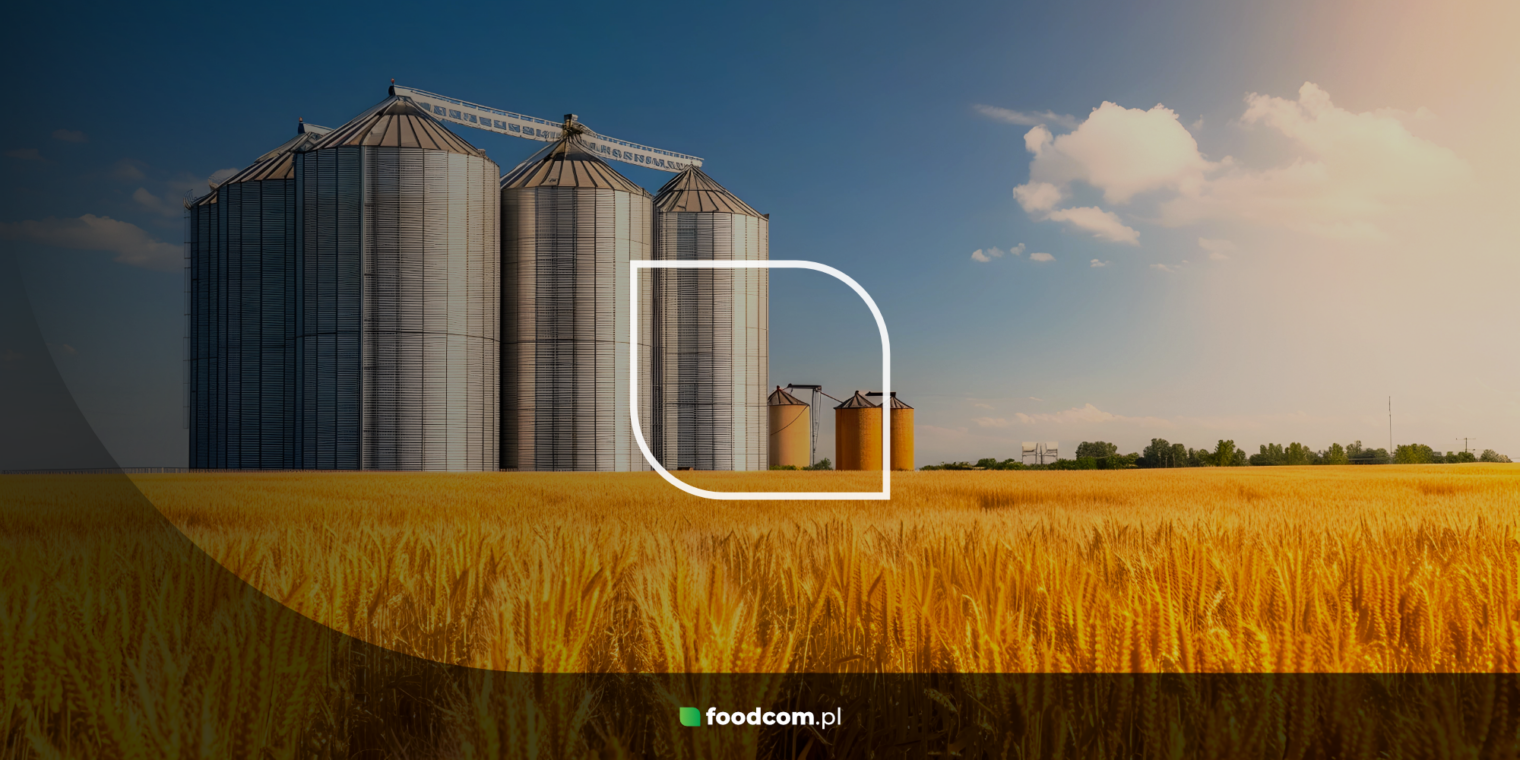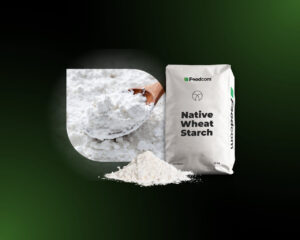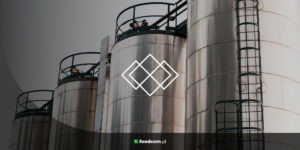- Agricultural raw materials are natural products that underpin many sectors of the economy.
- Investing in them offers inflation protection and portfolio diversification.
- The growing demand for food globally increases their investment value.
- Agricultural commodity prices depend on climatic factors, demand and supply.
- Investing in green sources of raw materials supports sustainable development.
Agricultural raw materials are a group of natural products that form the basis of many industries – from the food industry to textile production. This category includes, among others, food, chemical or feed products. For many investors, it is an attractive form of capital investment due to its important role in the global economy and its natural susceptibility to market changes that can generate returns. What exactly are agricultural commodities, what factors influence their value and why investing in them can be a beneficial addition to an investment portfolio?
What are agricultural commodities? Definition and types
Agricultural raw materials are produced to provide consumers with food and the ability to process it further. They are created by growing crops or raising animals and form the basis of many production processes in food processing companies, whose activities often depend on the availability of specific products.
Agricultural raw materials can be divided into several main categories:
- arable and industrial crops – this category includes sugars, oils, starch, flour, proteins, cocoa products or maize. They are the basis of human and animal nutrition, as well as a source for the production of biofuels and a variety of industrial products. They are also used in the textile, cosmetic and chemical industries,
- dairy raw materials – include animal products such as liquid milk products, milk and whey powders, cheese and fats. They are of great importance in the food, clothing and pharmaceutical industries.
- Food additives – amino acids, antioxidants, emulsifiers, vitamins or flavour enhancers. These are substances used in the food industry to improve the quality, taste, shelf life and appearance of products. They influence production processes and enhance the nutritional value and safety of foodstuffs,
- animal by-products (category 3) – are considered the safest of the three categories of animal waste and can be used for processing into feed products, organic fertilisers, biogas or other materials not intended for human consumption. Examples include fish meal or poultry blood meal.
Why invest in agricultural commodities? Key benefits
Due to rising demand, dynamic climate change and the impact of global trends, investing in agricultural commodities can bring numerous benefits to investors.
Hedging against inflation
Agricultural raw materials tend to hold their value during periods of inflation. Increases in food prices often go hand in hand with general increases in commodity prices, which means they can act as a ‘safe haven’ for investors, protecting capital from depreciation in the value of money.
Diversification of an investment portfolio
Investing in agricultural commodities allows for portfolio diversification, which reduces the risk associated with market fluctuations. Unlike traditional assets such as equities or bonds, they react to other market factors, which helps to offset potential losses in other investment areas.
Growing demand for food
Due to global population growth and changing eating habits, demand for agricultural commodities continues to grow. This demand is expected to increase in the coming years, especially in developing countries, which could lead to higher prices and potential returns.
Dependence on global trends and climate change
The commodity market is strongly linked to climatic conditions, with the result that commodity prices rise significantly during periods of adverse weather conditions, such as droughts or floods. This creates an opportunity for high returns for those who can respond appropriately to economic changes.
Opportunity to invest in sustainability
Investing in sustainably sourced goods is becoming increasingly popular. Not only does this offer financial returns, but it also supports sustainable production, which attracts investors interested in investing capital responsibly.
Independence from financial markets
Agricultural commodity prices are less susceptible to financial market turbulence than other assets such as shares or bonds. They are a stable part of an investment portfolio, especially during periods of economic instability.
How to invest in agricultural commodities? Methods and strategies
Many people wonder how to trade raw materials. Agricultural commodity prices are highly volatile and depend on a number of factors that can change dynamically over a short period of time, which should be taken into account in an investment context.
The weather has a huge impact on yields and the quality of agricultural goods. Droughts, floods, frosts and other anomalies seriously affect supply. Unpredictable weather conditions often lead to a reduction in supply, which raises prices. Climate change further increases price volatility as it increasingly affects long-term growing conditions.
As with other commodities, agricultural commodity prices are directly dependent on market forces of supply and demand. An increase in demand for food, biofuels or industrial plant raw materials leads to higher prices. On the other hand, oversupply caused by exceptionally good yields or an increase in crop land lowers them.
Another issue is production costs, which include the price of fertilisers, fuel, labour and agricultural technology. Increases in the cost of energy, transport or agricultural machinery can raise the price of raw materials, especially resource-intensive ones.
Trade policies and export regulations, the geopolitical situation, fuel and import prices also have a significant impact on raw material prices. Export restrictions, for example, contribute to local oversupply and falling prices, while protectionist tariffs raise raw material prices on international markets.
Stability and returns in an investment portfolio
Agricultural raw materials are the foundation of many industries and their role in the global economy is undeniable. For those looking for ways to diversify their investment portfolio and protect themselves from inflation, investing in such commodities is an attractive option. Due to their natural susceptibility to market changes and growing demand, they are a stable part of an investment portfolio and contribute to long-term returns.










